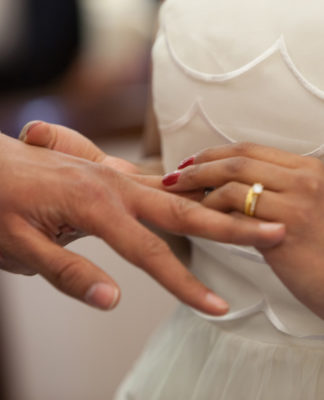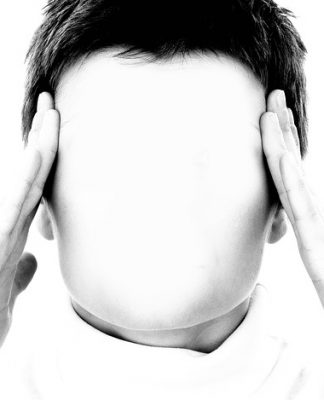Body-focused repetitive behaviors are difficult to define. trichotillomania (hair-pulling) was only included in the Diagnostic and Statistical Manual (DSM) in 1987, while excoriation “skin-picking” disorder was only added in the fifth edition in 2013. Hair-pulling moved from the umbrella category “impulse control disorder” to that of “obsessive-compulsive and related disorders” in the same edition. These behaviors are hard to categorize because they are not well researched and understood, they manifest hand in hand with a variety of other diagnoses, and they have both impulsive and compulsive features.
In animals, similar behaviors such as feather plucking and excessive licking are called “over-grooming behaviors,” and are linked to stressful circumstances including being isolated, bored, cramped in a small space and frustrated. In humans, these same circumstances tend to be triggers, and “over-grooming behaviors” is one simple way to define BFRBs.
In the DSM 5, hair-pulling and skin-picking are defined in separate diagnoses as, roughly: recurrent pulling out or picking of one’s hair and skin, with repeated effort to decrease or stop the behaviors, resulting in significant distress, when the symptoms are not caused by a medical condition or another mental disorder.
Researchers are advocating for the inclusion of a new umbrella category into the next version of the DSM. The category would be body-focused repetitive behaviors and would include hair-pulling, skin picking, as well as clinical levels of nail-biting and nose-picking (Stein et al., 2010).
In an article reviewing the literature on the subject, Roberts, O’Connor & Belanger (2013) define BFRBs as “a group of problematic, destructive, and apparently non-functional behaviors directed toward the body, including hair-pulling (trichotillomania, TTM) skin-picking, and nail-biting…BFRBs are recurrent, undesired, and often designed to remove part of the body…individuals with BFRBs report diminished control over the behavior…and a range of physical and psychological sequelae.”
From my perspective as a psychodynamic therapist, these definitions leave out a couple of important elements. Specifically, I have learned that BFRBS do in fact have a function, as coping mechanisms, to soothe particularly sensitive nervous systems and to regulate emotions.
Adding these components, my definition of BFRBs is as follows: BFRBs are repetitive, over-grooming behaviors involving damage to the dermis (hair, skin or nails) that emerge as coping mechanisms (hard comforts, action symptoms) in people with particularly sensitive nervous systems, under a variety of stressors, the main function of which is to regulate emotions, bringing a short-lived sense of relief or escape that is usually followed by shame and frustration and can negatively impact many areas of life.
References:
American Psychiatric Association. (2013). Diagnostic and statistical manual of mental disorders (5th ed.). Washington, DC: American Psychiatric Publishing.
Roberts, S., O’Connor, K & Belanger, C. (2013). Emotion regulation and other psychological models for body-focused repetitive behaviors. Clinical Psychology review, 33, (pp. 745-762).
Stein, D., Grant, Jon, Franklin, M., Keuthen, N., Lochner, C., Singer, H., & Woods, D. (2010). Trichotillomania (hair pulling disorder), skin picking disorder, and stereotypic movement disorder: toward DSM-V. Depression and Anxiety, 27, (pp. 611-626.




















